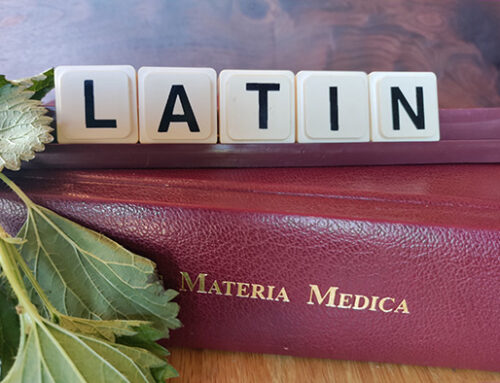This is the first of a series of articles to help consumers better understand what is on a homeopathic label.
Appended to the name of many homeopathic medicines purchased over the counter are the letters ‘HPUS’, which stands for Homeopathic Pharmacopoeia of the United States. This is the official compendium recognized by the Federal Food Drug and Cosmetic Act of 1938 which sets standards for the identity, manufacturing methods, and quality attributes of homeopathic drug products. The presence of these letters after the Latin name of a medicine is the manufacturers’ attestation that the product contains active ingredients officially recognized in the HPUS and has been prepared in accordance with HPUS guidelines.
Homeopathic medicines and their manufacture must comply with requirements in both the HPUS and those set forth by the FDA. As such, there are rules regarding their manufacture and quality control, including labeling and requirements to adhere to current Good Manufacturing Practices. These requirements are intended to assure the practitioner and consumer that what is supposed to be in the package is indeed present and nothing else. Currently, the HPUS contains over 1300 official monographs of the over 6,000 substances available in the practitioner market.
The organization responsible for publishing the official compendium is the Homeopathic Pharmacopoeia Convention of the United States (HPCUS). Various committees within the Convention review clinical and technical information as part of the monograph reviews and develop guidelines for the identification, manufacture, safety, and testing of products. Adhering to HPUS guidelines is a key step to making quality homeopathic medicines. However, it is important to realize that the HPCUS does not approve or evaluate individual products brought to market; that is a function that is far outside its mission and purpose.
The HPUS was initially published by the American Institute of Homeopathy (AIH) in 1897 and, partially due to the increasing technical expertise necessary for continuing publication, was transferred to the single-purpose entity, the HPCUS, in the 1980s. A 125+ year publication history is available. The HPCUS is staffed by volunteers and is updated on an ongoing basis.
The current electronic format makes updates possible multiple times a year as necessary.
Official documents, such as monographs and guidelines are available by subscription only, The HPUS is a critically important reference for brand owners and manufacturers for proper manufacturing, purity and safety of homeopathic preparations. Regulators expect registered entities to have access to its official information at all times.
For additional information such as requirements, the review process, and a sample monograph, as well as more information about the HPUS in general, you can visit their site at www.hpus.com.
See the next article in this series: What’s on the Label? Naming



